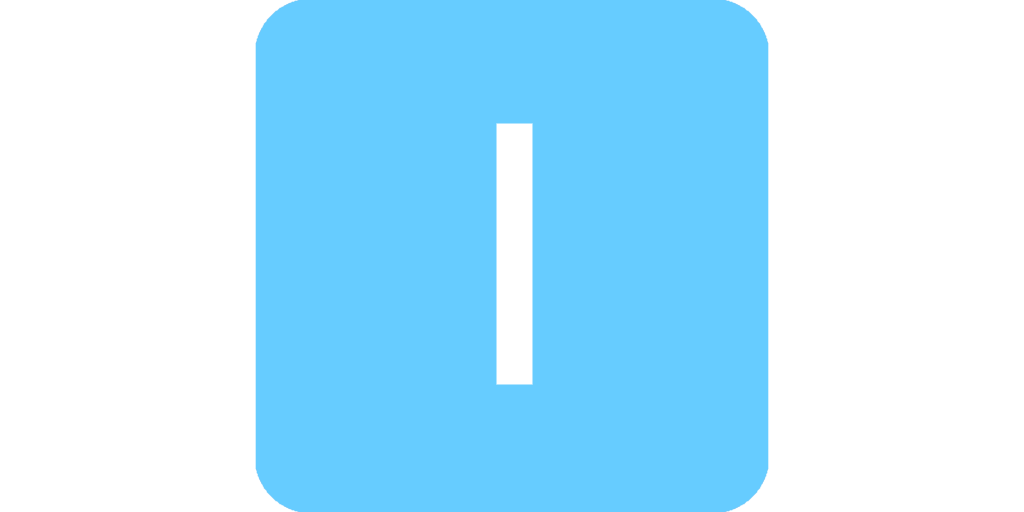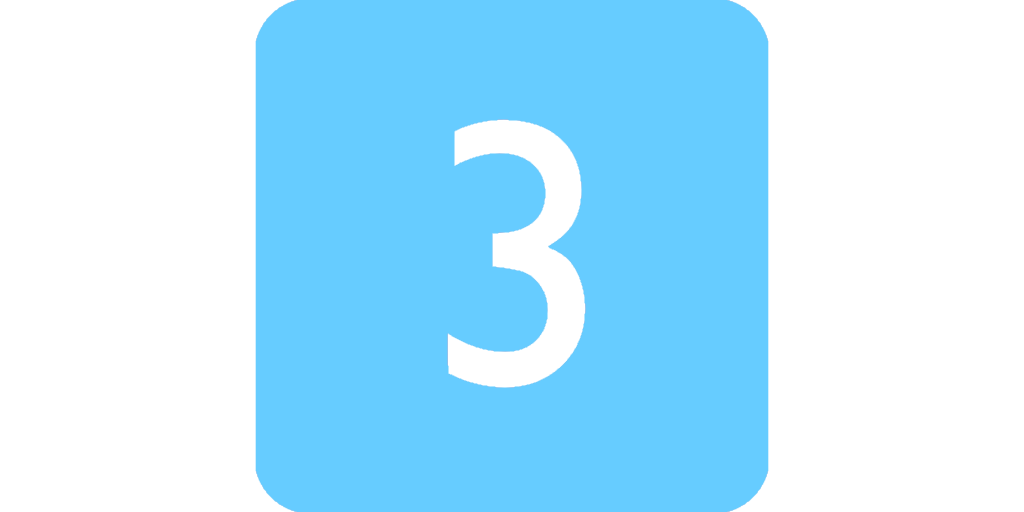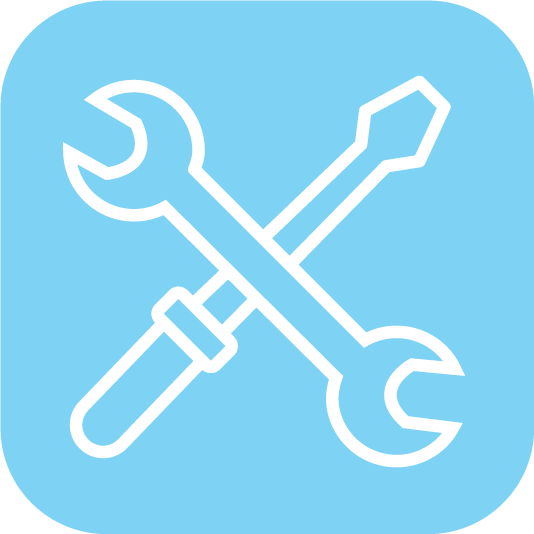Toy Prototype

This physical prototype is used to present a solution to customers in a very simple way, e.g. by using paper boxes, Lego, or other materials. It allows you to test the solution’s usability, identify potential problems, reveal less intuitive elements, and provide a more tangible solution for potential customers.
Toy prototypes help create a quick, tangible, and cost-effective solution. In the same way that architects use paper prototypes to give future homeowners a feeling of what they are building; business innovators can use these prototypes to engage the imagination of their future customers. While these prototypes normally lack functionality, potential customers can play and interact with them, which can encourage them to provide feedback on the features they would like in your final solution. There are plenty of materials that you can use for your prototype solution, including paper, wood, and Lego. Today, 3D printers are widely available and with a little design effort you can print a plastic version of your final solution.
Helpful Tips
Don’t overcomplicate: Think about what you want to find out and build the prototype accordingly. You don’t want to build the perfect prototype, but one that makes it possible for customers to talk about.
Understand what your customers want to see: Think about what will gauge direct interest in your customers. You want them to be excited about your solution and build on the excitement with their feedback.
Cultivate the right environment: When choosing a location to show your prototype, try to pick a place where customers would use the final solution. This will encourage even more feedback.
Combine it with other formats: Showing your physical prototype means that you have face to face contact with your customers. Use this opportunity to combine the prototype with other test formats like Problem/Solution Interviews, Contextual Inquiries or Events.

How to Guide
Decide what you want to test, with whom (internally, lead users, existing customers, or potential new ones), and how (paper, cardboard, Lego, …).
Create the right environment for your experiment, set up a proper way to document the results, and recruit your participants.
Conduct the test. Let the participants talk and describe how they are interacting with the prototype and why. You can also follow-up with a survey or small interview.
Tools & Guides
Coming soon.
Do you need help with a specific project or want to learn more about how to use the Business Model Testing Cards?






